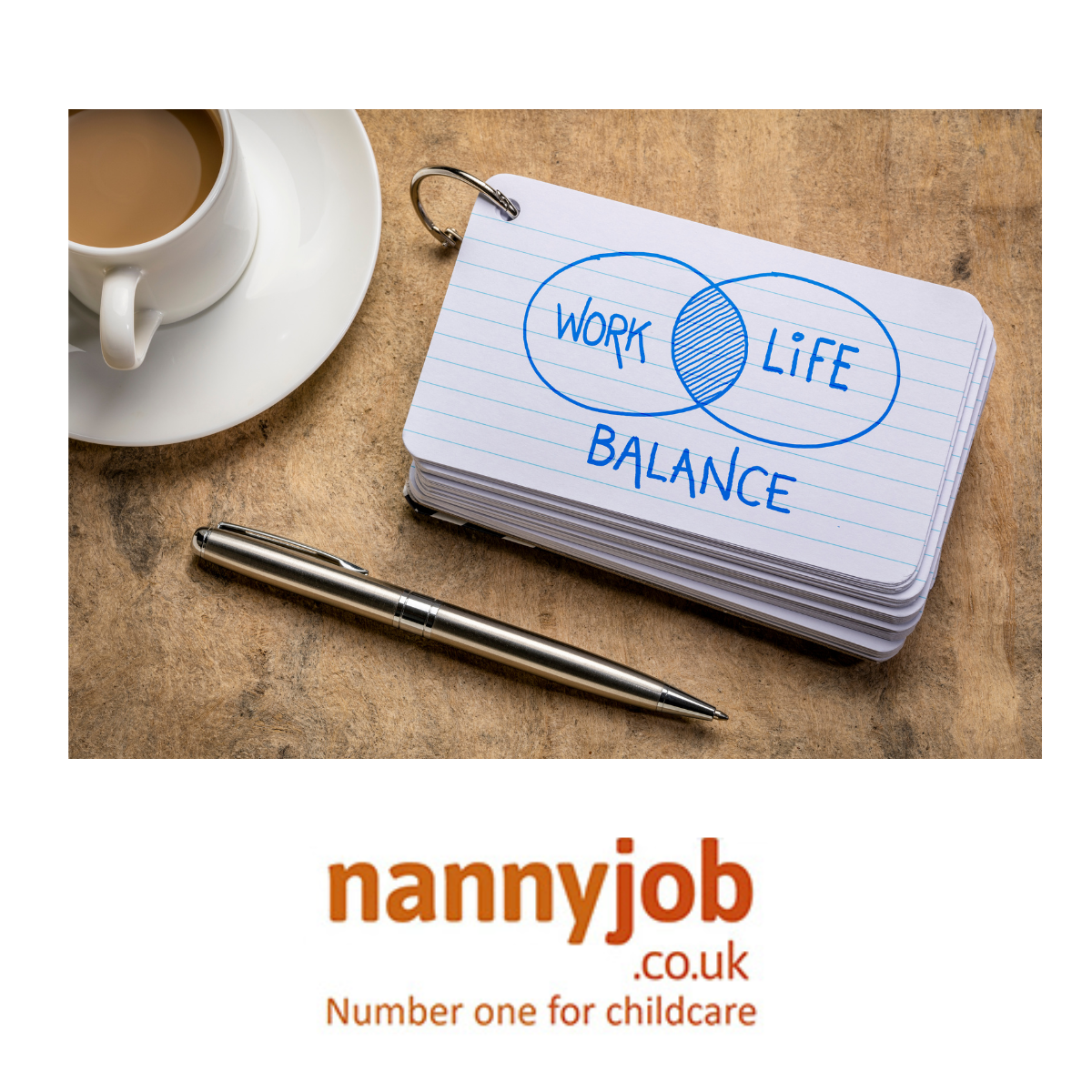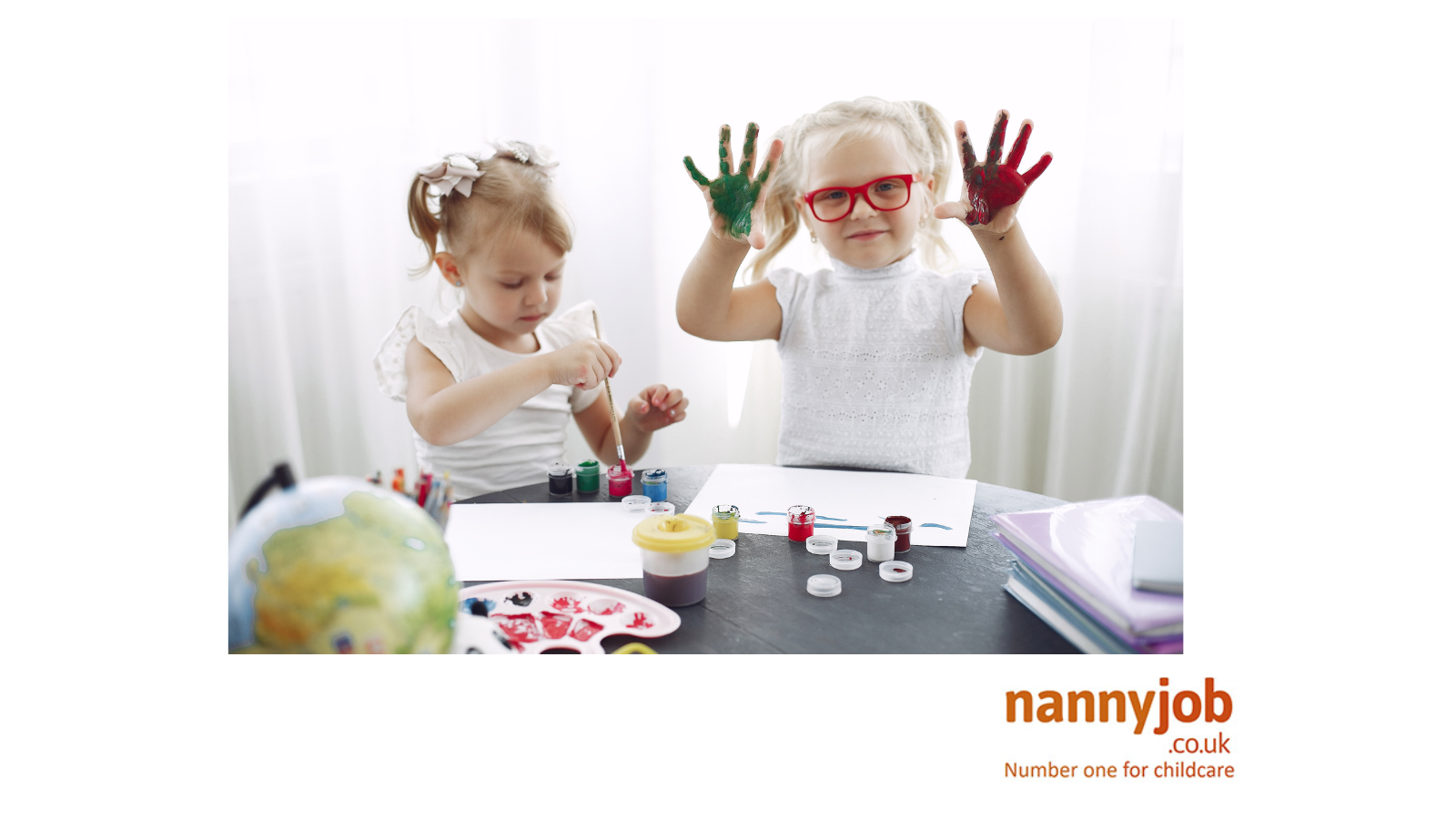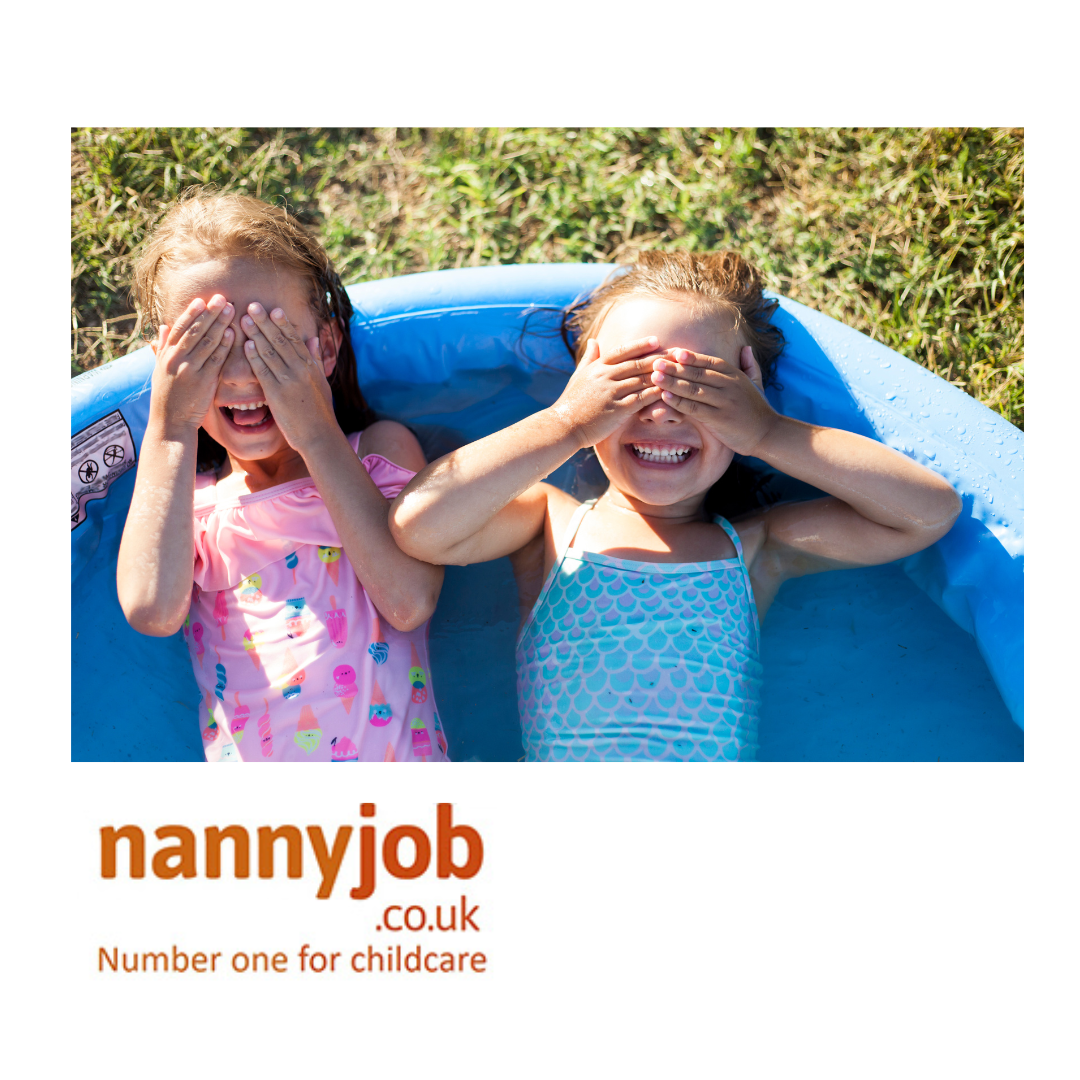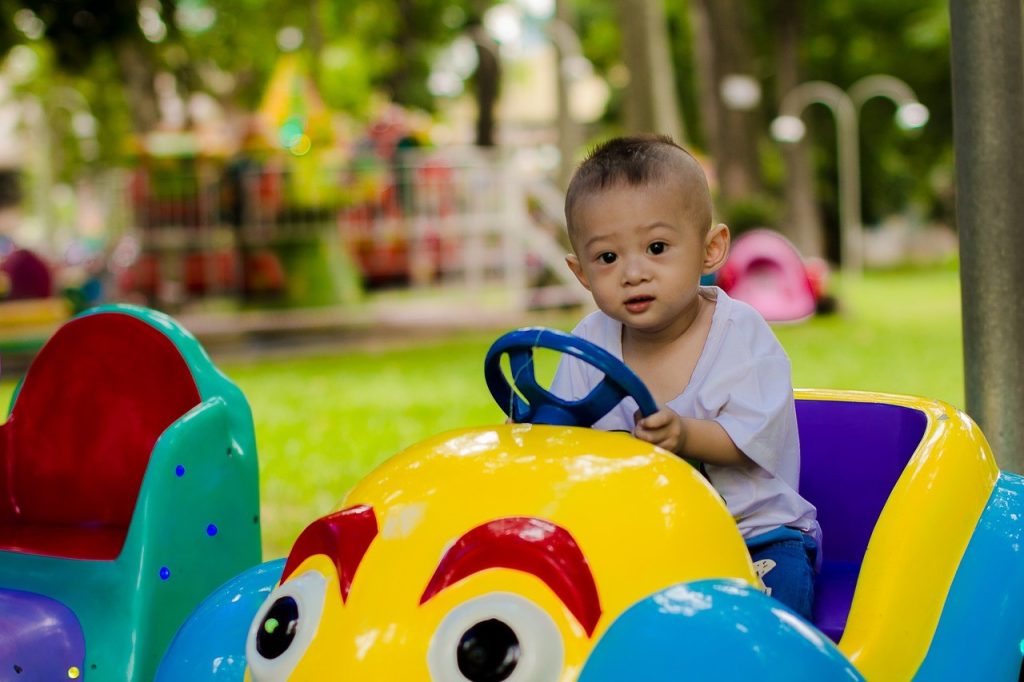The arrival of a newborn is the beginning of an extraordinary journey of growth and development. From their first smile to their first coo, the first few months of a baby’s life are a whirlwind of developmental milestones. For nannies and childcare providers, it’s an incredible privilege to be part of these precious early stages.
Month 1
In the first few weeks, newborns are adjusting to life outside the womb. Their primary focus is on sleeping and feeding. While their vision is still developing, they can see faces and objects that are 8-12 inches away. As their hearing sharpens, they’ll start recognising the sound of your voice and other household noises.
Month 2
By the second month, babies are starting to become more interactive. You’ll see the first heart-melting smiles and hear their first coos. They’ll start making eye contact and follow movements with their eyes, demonstrating their growing awareness of the world around them.
Months 3-4
During these months, babies will become more physically active. They’ll start lifting their heads and chests while lying on their stomach, a key step towards developing gross motor skills. Their hands will stop being clenched in a fist most of the time, and they’ll start reaching for and swiping at objects, marking the beginning of fine motor skills.
Newborns are individuals, and each one will progress at their own pace. As nannies, we should be patient, supportive, and remember that every child’s developmental journey is unique. By understanding these developmental milestones, we can better assist parents and provide the best possible care to our charges.
















 #Summer2023 #FamilyFun #OutdoorActivities #MakingMemories
#Summer2023 #FamilyFun #OutdoorActivities #MakingMemories

